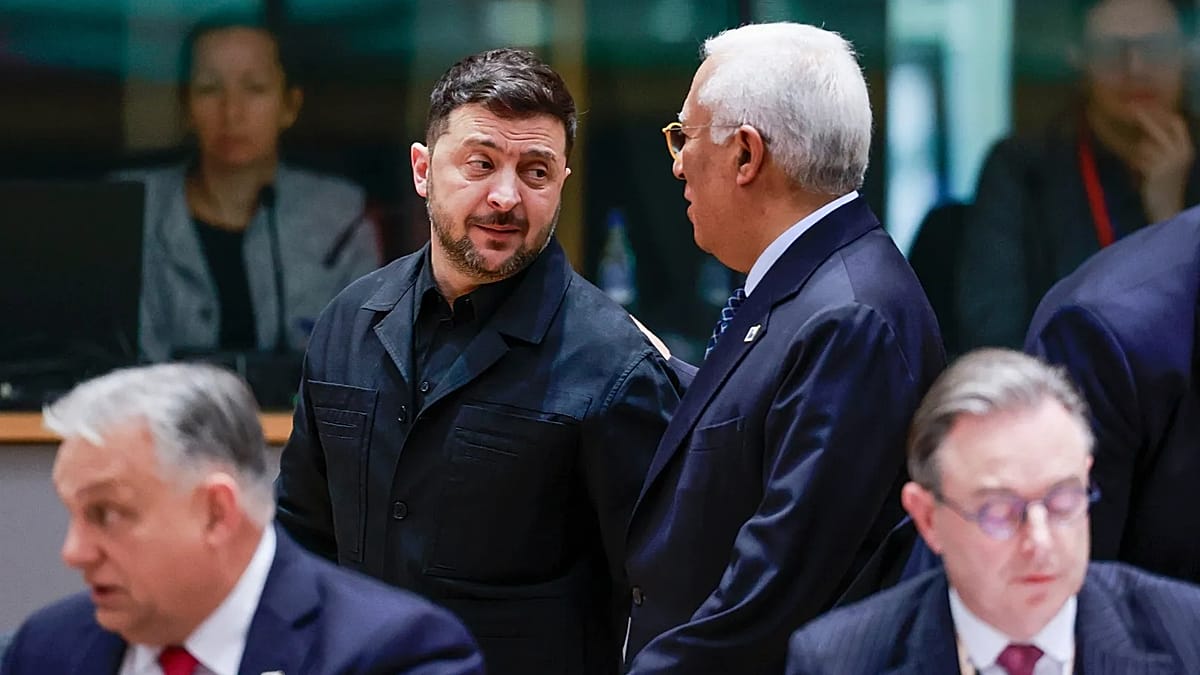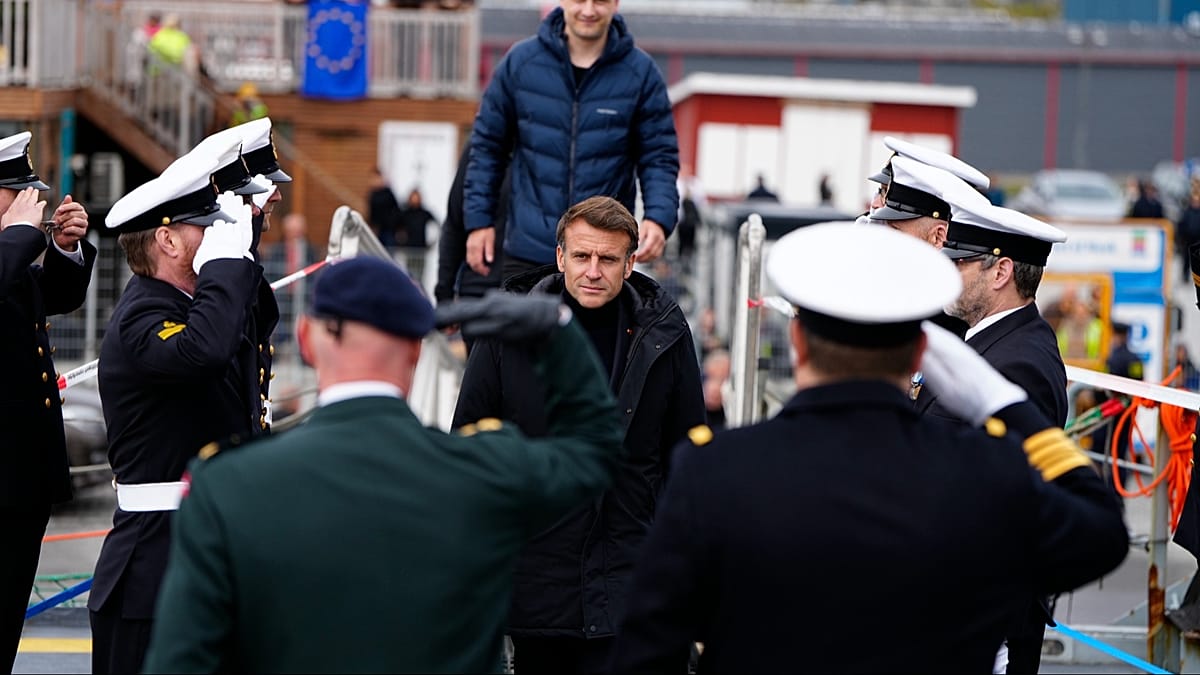
A St John worker who helped with the response to 2019’s Whakaari / White Island eruption says he had trouble sleeping for weeks after.
At the Coronial Inquest into the disaster, which killed 22 people, he said what happpened was “a very challenging time”.
“During the event I don’t think it really hit hit me until after the event, I didn’t sleep for quite a few weeks very well at all,” he said.
The staffer, who was working on the St John Air Desk which coordinates and dispatches air rescues, cannot be identified.
“I kept replaying over in my head, what decisions have been made? Have we made the right decisions? You know, it’s just that self-doubt you have and that played with me for quite some time,” he said.
“And having it brought back up recently has definitely recreated those scenarios.”
The St John worker tried to say how it had affected him emotionally but could not finish his sentence.
Earlier in the inquest, Police officer Sergeant Russell Owen was also at times close to tears as he recollected the events of December 9, 2019 when 22 people died and 25 were hurt.
Calls between emergency services played to inquest
During the Air Desk worker’s evidence, several calls between emergency services were played.
“It’s gone off,” they mentioned in one.
In another call from St John to a Westpac Rescue Helicopter base, the worker said “we’ve got an explosion on White Island and 100 patients”.
“Wow,” the helicopter worker replied.
In another call from the air, helicopter crew asking who was in charge asked if they should fly to Whakaari for an aerial assessment.
“Negative,” St John replied. “Police are requesting we do not send any helicopters into the area.”
In the inquest, the Air Desk worker said there was no information in the early stages of the response.
But they wanted to have air assets near the island.
“So for me, it was we need assets in the area. We’re going to move multiple patients… around the country, and also that they’re probably going to have to go distances,” he said.
He said the decision was made to send helicopters to Whakatāne Airfield as a staging point.
“It’s close, it’s accessible and it’s big enough for multiple helicopters to land, which is what we’re going to send,” he said.
He said he did not know if there was still volcanic cloud around the island, whether it would erupt again, or if there would be a tsunami.
“There’s a whole lot of factors there, but I also know that the closer they are the sooner we can task them further if we need to,” he told Coroner Marcus Elliot.
The Air Desk worker believed six rescue helicopters were tasked within five minutes of them learning of the eruption.
Where the helicopters went, and where they didn’t
The inquest heard on Thursday, 39 people were rescued from the island, entirely by civilian boats and helicopters.
On Friday, there were questions centred around rescue helicopters not going there.
“Police are the primary tasking agency for this event,” the St John worker said.
He became emotional as another call was played between him and a rescue helicopter during refuelling.
The Air Desk worker was tasking crew with winching a critically injured person from a boat.
The helicopter crew ask if he wants them to land on the island, but he says there has been no confirmation it was safe to do so.
He tells the crew they can land on the island if they feel it is safe to do so.
Police told the inquest on Thursday they tasked a helicopter for the first time for the winching operation at 3.38pm.
But the interception wasn’t made because because the boat was already heading towards paramedics in Whakatāne.
The deployed helicopter was turned back.
This was within the two hour window following the eruption counsel for bereaved families and survivors said could have made a difference to survivability.
On Friday, the St John Air Desk worker told the inquest he wasn’t aware civilians had gone to help until they were already there.
He said he would not have been able to task civilian helicopters.
rnz.co.nz














